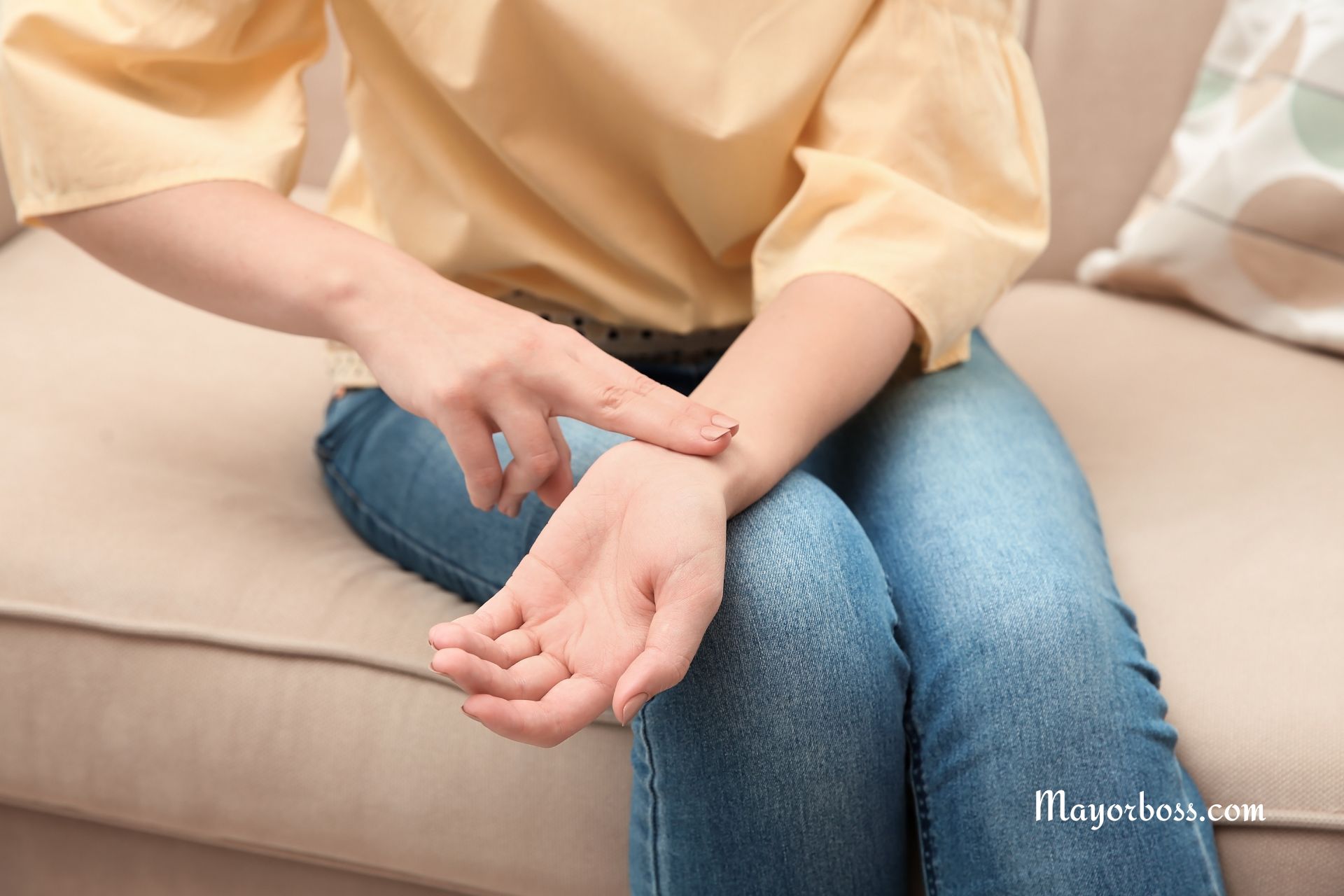5 Nighttime Signs of High LDL Cholesterol in Your Legs and Feet
High cholesterol is often called a “silent threat.” Most of the time, it has no obvious signs, but it can increase your likelihood of heart disease and other serious health problems. Sometimes, though, your body might give you small hints, especially in your legs and feet at night. These signs are usually due to poor blood flow caused by the buildup of bad cholesterol, also known as LDL. If you experience any of these distinctive symptoms, it could mean your cholesterol levels are too high.

1. Aching Pain In Your Legs That Gets Worse At Night
If your legs ache or throb at night, it could be a hallmark sign that high cholesterol is affecting your arteries. When bad LDL cholesterol builds up, it forms plaque inside your artery walls. This makes your blood vessels narrower and reduces the blood flow to your lower legs. As a result, you might feel a deep aching pain, especially when you are lying down or trying to rest. This pain is called rest pain and might get better if you dangle your legs off the edge of the bed, which helps blood flow to your legs for a short time.
2. Cold Feet Even When It’s Warm
Do your feet feel cold even if the room is warm? It might be more than just a chill. High LDL cholesterol can lead to peripheral artery disease (PAD), which makes the arteries in your legs narrow or blocked. Poor blood flow can make your feet feel cold, especially at night when you are resting. Cold feet can mean that not enough oxygen-rich blood is getting to your feet due to blockages, and you shouldn’t ignore this sign.
3. Cramping In The Calves, Especially When Lying Down
Cramping in your calves at night could be a big clue that your cholesterol levels are affecting your blood flow. These cramps, called nocturnal leg cramps, often come on suddenly and may wake you up. The reason behind this is that cholesterol buildup can cause blockages that reduce the oxygen supply to your muscles. Without enough oxygen, your muscles can cramp, especially when they are not moving.
4. Discolored Or Shiny Skin On Your Legs And Feet
Another Indicator of high cholesterol is changes in your skin. If the arteries in your legs aren’t bringing enough blood because of cholesterol buildup, your skin might start to show it. You might see that the skin on your feet or legs looks shiny or has a pale or bluish color. Poor blood flow can also cause sores or ulcers that are slow to heal. These sores usually appear on your toes, feet, or lower legs. They can be very painful and mean that your circulation is in trouble.
5. Tingling Or Numbness In The Feet
Tingling or numbness in your feet, especially at night, can be a signal that cholesterol is blocking your blood flow. When blood flow is restricted, the nerves in your feet might not get enough oxygen and nutrients, causing a tingling feeling or numbness. This can be quite uncomfortable and is often more noticeable when you are lying down, as gravity doesn’t help blood reach your feet as easily.
What To Do If You Notice These Symptoms
If you notice any of these symptoms in your legs or feet, it’s important to take them seriously. High cholesterol needs medical attention because it can lead to serious problems like heart attacks or strokes if not treated. Make an appointment with your doctor to talk about your symptoms and get your cholesterol levels checked. A simple blood test can measure your cholesterol, and your doctor might recommend lifestyle changes or medicine to help control your cholesterol.
Lifestyle Changes To Help Lower Bad LDL Cholesterol
Lowering your LDL cholesterol doesn’t always need big changes. Here are some simple lifestyle tips that can help:
- Eat More Fiber
- Exercise Regularly
- Avoid Trans Fats
- Quit Smoking
The Takeaway
Generally, high cholesterol often doesn’t show any signs until it has already done a lot of damage. But as discussed above, pay attention to small signs like aching legs, cold feet, or changes in your skin at night; you might catch them early. If you have any of these symptoms, it’s important to see a doctor for a proper check-up and take steps to manage your cholesterol.






